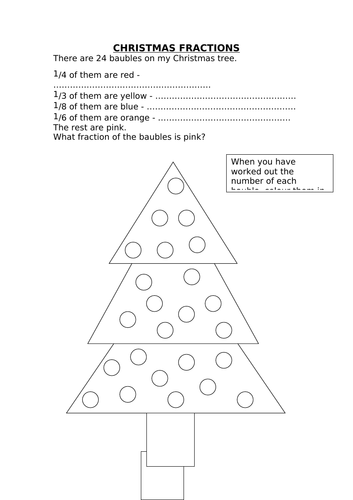
































Weekly plans for the dreaded back to school Autumn term.
Cut and paste and adapt for your own personal use. I hated those Sundays ruined by planning.
example Today we are learning about decimals to two decimal places.
First ask what are decimals? Establish that decimals show us part of the number that is not a whole.
Display a number line with 0-1 with 9 unlabelled divisions.
In between 0 and 1 we have intervals that represent tenths (not tens). Decimals are like fractions the number line is divided into ten parts so each one is one tenth. Tenths are decimals to one place as there is only one digit after the decimal point. Give children magnified glass and ruler using the ruler ask children to look at the tenths in-between each cm.
When we write tenths as a decimals we write 0.1, 0.2… allow children to continue this asking them to stop when they get to the next whole number. What is the decimal point for? To separate the whole from its decimals.
In between the tenths there are hundredths (not hundreds) display 0.4 to 0.5 with unmarked intervals in between. Ask can anyone tell me what these intervals will be labelled? 0.41, 0.42…
Establish that 3.7 is bigger then 3.56. Ask why might I think 3.56 is bigger?
Why is 3.7 bigger?
When do we use decimals in real life? Place objects on a each table for the group to feel. Which one is heavier? Lighter? Get children to order them in order of weight. Give each table some scales, ask them to see if they were right and also to write the weights that they can read and make a note of them. Select some children to attempt to read the weights. Who has ever cooked or baked? What units of measurement would you use?
What units of measurements have we used here to way our objects?
How many grams are there in a kilogram? Give children some examples and ask them to convert the weights.
Model how to use scales weigh different objects ask class to read the scale.
Read scales and convert from grams to kilograms and vice-versa. L/A
TA support
To weigh objects and read on a scale.
EXT: Order objects in order of weight using estimation skills
Something went wrong, please try again later.
This resource hasn't been reviewed yet
To ensure quality for our reviews, only customers who have purchased this resource can review it
Report this resourceto let us know if it violates our terms and conditions.
Our customer service team will review your report and will be in touch.